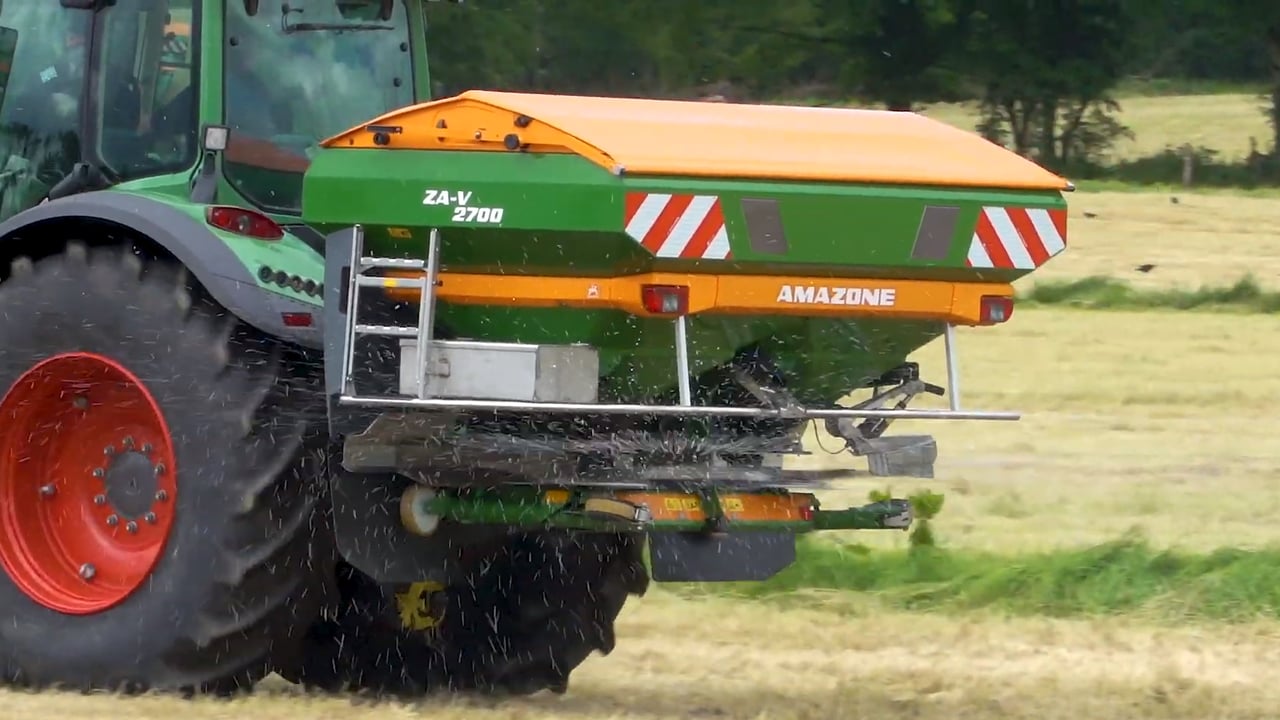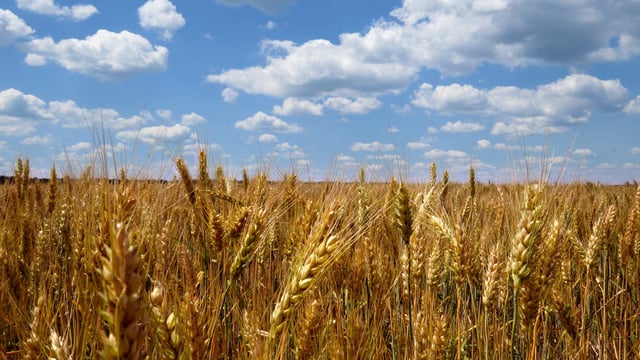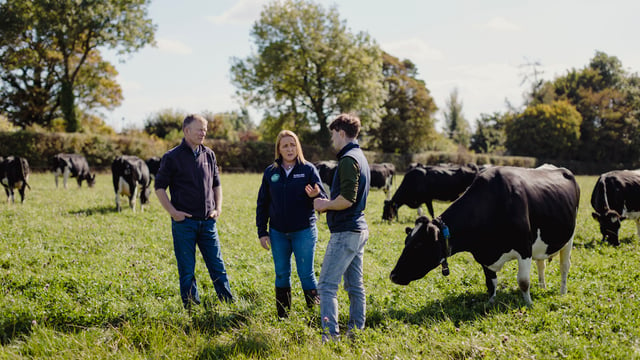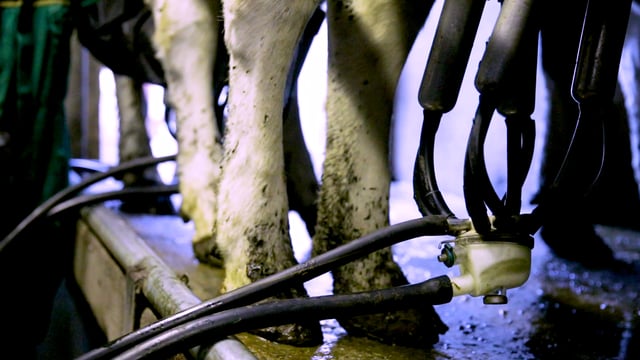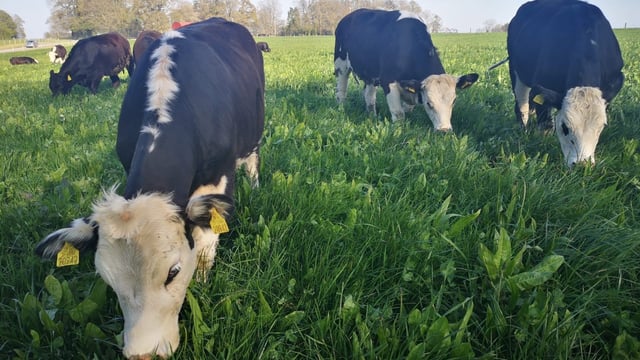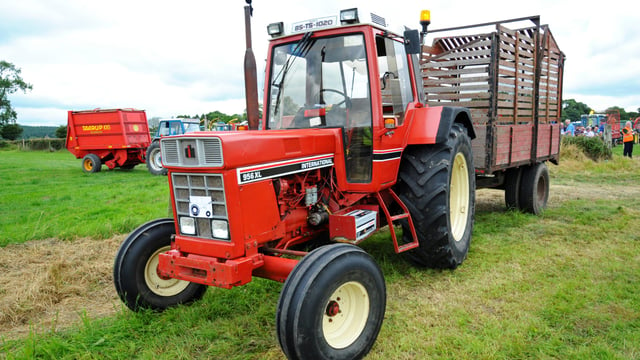Nitrogen prices up 250% relative to this time last year
Nitrogen prices are up 250% relative to this time last year, according to Teagasc tillage specialist, Ciaran Collins.
Speaking on the most recent edition of the Tillage Edge podcast, he confirmed that phosphate and potash prices had also risen over the past 12 months, although not to the same extent as nitrogen.
“In terms of what farmers can do to mitigate against these increases, it’s very much a case of getting back to basics. Soil tests cost 50c/ac.
“So, for example, soils that Index 4 for phosphorous (P) and potassium (K) will not need a dressing of these crop nutrients during the 2022 growing season.
He went on to point out that farmers should never overlook the value of lime, which is the cheapest fertiliser, he stressed.
“Lime is currently available at around €23/t. It is especially valuable, particularly if farmers get the chance to spread lime over the coming weeks ahead of spring crops.
Teagasc tillage advisors are highlighting the value of organic manures on cropping ground during 2022.
“In fields where soil indices are low, placing the likes of phosphate, rather than broadcasting it, is worth looking at,” confirmed Collins.
He continued:
“There are lots of steps that growers can take over the coming week to help offset the significant rise in chemical fertiliser increases.
"And, when taken to together, all of these decisions can make a significant difference across the farm business as a whole.
Looking ahead at the prospects for spring crops, Collins said that the tipping point for growers will be the feasibility of achieving a break-even yield.
He explained:
“This issue normally crops up during years when cereal prices are coming under pressure.
Collins concluded:
“This will certainly be the case, where spring barley is concerned. But there are other spring cropping options available.
“Spring peas beans are a case in point. Both are legumes, so the need for applied nitrogen is very minimal. Growing such crops also plays a vitally important role within an overall tillage rotation.”

